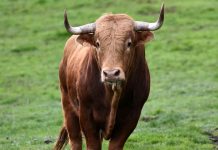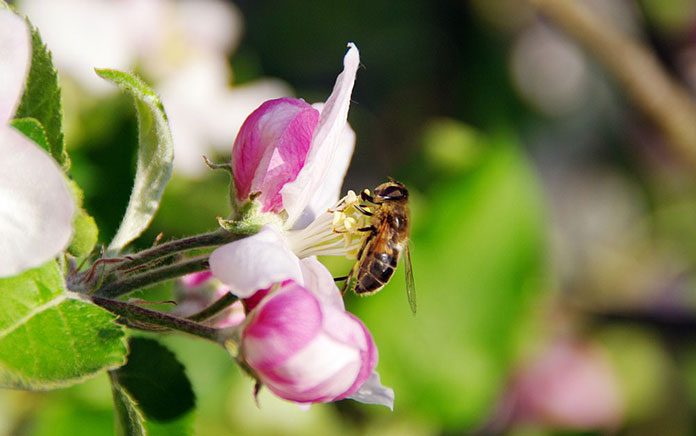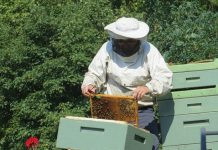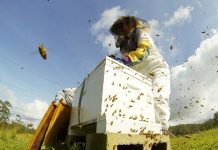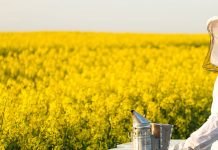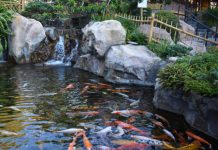The country is full of apple orchards. Apple orchards are where the apples you buy in the supermarket come from. Applesauce is made out of apples grown in orchards. People who drink apple juice and apple cider enjoy the produce provided by the hardworking orchard owners. Without apple orchards there would be no apple pies. The world would be a sadder place without apple orchards.
In the springtime people drive past apple orchards and see tidy row after tidy row of apple trees, their spreading boughs fragrant with the scent of delicate apple blossoms. In the summer they can drive past the same orchard and see the same trees, leaves shining in the sunshine. In the fall those same trees are laden with apples, crunchy and full of juice. In the winter, the spreading limbs of the apple trees spread wide and are blanketed with a layer of glittering snow. When they stop to admire the artistic trees they notice that unlike other types of agriculture endeavors the only time they see anyone working amongst the trees is when the trees are heavy with fruit and the farmers are picking the apples. It doesn’t take very long for the passer bys to start thinking about how easy it would be to own an orchard. When the opportunity to purchase an apple orchard comes along, these people can hardly walk away from the opportunity.
The reality is that there is a lot more to owning an apple orchard then picking apples and pulling in money.
The casual passerby thinks that owning an apple orchard won’t be much work, the reality is that a great deal of backbreaking labor goes into maintaining the orchard. The trees have to be pruned. The trees have to be sprayed to protect them from being ravished by insects. In addition to caring for the trees there is a lot of general maintenance chores that have to be taken care of. There is also the task of removing the old, unproductive trees and replacing them with young trees.
The next thing to consider when purchasing an apple orchard is the size of the orchard. According to the experts an apple orchard has to be at least ten acres large in order to break even. That’s just breaking even. In theory a larger orchard means a larger profit margin for the orchard owner, but a larger orchard also means that the owner will have to buy more insecticide, rotate more trees, hire more employees, and spend more money on the equipment needed to maintain the orchard and harvest the apple crop.
Perhaps the biggest error newcomers to the apple orchard business make in the spring time when the apple trees are in bloom. In order for the trees to bear fruit the flowers have to be pollinated. Although the wind can help pollinate the flowers, honey bees are better. Many new orchard owners think that there are enough bees in the wild to pollinate the acres of apple trees. These owners are making an assumption that could harm their yearly yield. Experienced owners know that to ensure they get a profitable harvest they need to work with local beekeepers. They lease the hives and the honey bees from the beekeepers. The hive owners set up the hives in the orchards. The extra bees assist in the pollination.






